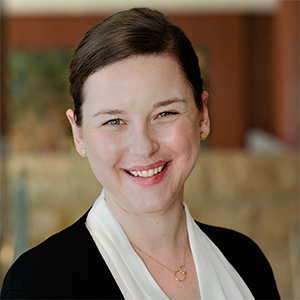Access to an adequate system of education is the only promise the state constitution makes to Minnesota children. Research continues to show that not all children are thriving in that system. As Minnesota’s student population grows and becomes more racially and ethnically diverse, a greater number of students will be left behind if current disparities persist. This trend underscores the need for bold action.
Fact 1: Minnesota’s population is growing and becoming more racially and ethnically diverse.
The number of school-aged young people in Minnesota is projected to increase by more than 100,000 over the next three decades. By 2050, fully one-third of Minnesotans will be Black, Indigenous, or people of color—an increase of 16 percentage points.
Fact 2: Public schools in Minnesota do not currently provide all students with even an adequate education.
If current patterns continue, most Minnesota public school students are predicted to fall short of basic academic benchmarks by the time they graduate from high school. Students from low-income backgrounds, students of color, Black, and Indigenous students will fall even further behind their peers. The following illustrates how the status quo—if it persists—might affect students over time.
If our system continues to deliver academic outcomes at current levels, the 64,300 kindergarteners who enrolled in Minnesota public schools in 2019 can be expected to achieve the following outcomes:
All students
Students from low-income backgrounds
Students identifying as Black, Indigenous, or people of color (BIPOC)
Source: Authors’ calculations using 2019 enrollment counts, demographic counts, and Minnesota Comprehensive Assessments (MCA) achievement from the Minnesota Department of Education (MDE) and 2019 college readiness benchmarking from ACT.
Vanessa Palmer is the data director for the Federal Reserve’s Center for Indian Country Development (CICD), where she leads efforts to collect, harmonize, and sustainably manage research-ready data in support of economic self-determination in Indian Country. In addition, she uses statistical tools and data visualization to support CICD’s applied research work.





